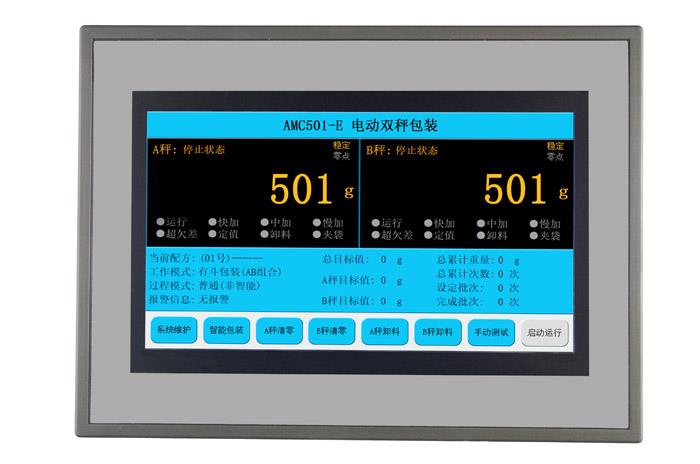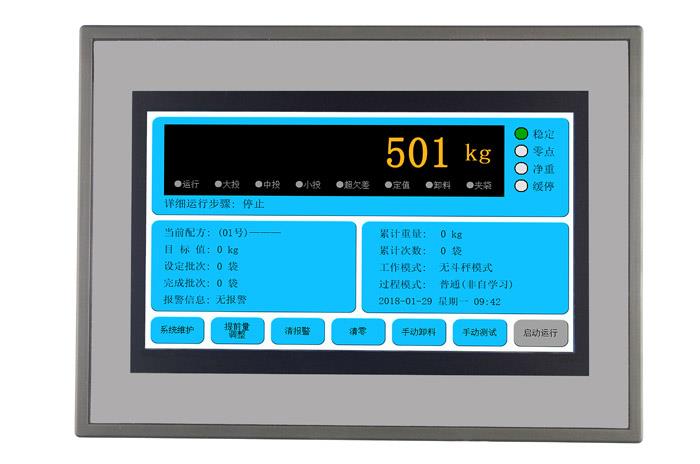
2019-06-09
The resistance strain checkweigher instrument sensor uses the resistance strain gauge as the sensing element and the Huygens bridge as the measurement circuit. It has the advantages of high measurement accuracy, wide measurement range, stable and reliable performance; simple structure and easy integration; It has good frequency response characteristics and strong adaptability to environmental factors. Therefore, it is widely used in weighing systems. In resistance strain load cells, R1, R2, R3, and R4 are bridge measurement circuits composed of four strain gauge resistors. E is the excitation voltage, and V o is the output voltage of the sensor.
where GF is the strain coefficient of the strain gauge. It can be seen that the output voltage of the resistance strain gauge load cell is related to the excitation voltage and the deformation of the strain gauge;
Since the deformation of the strain gauge is proportional to the pressure it is subjected to, when the excitation voltage is constant, the output voltage of the bridge circuit has a linear relationship with the weight of the sensor object.
The system uses STC89C52RC as the controller to process the A\/D sampling data, and makes keyboard response and display output; E 2 PROM uses AT2402 to save the sensor correction coefficient and other related parameters; uses MAX232 as the communication interface chip, the communication distance exceeds 20m .

Resistance strain typeCheckweigher MeterThe system forms an independent analog power supply and digital power supply system through power isolation technology. The 5V analog power supply is used as the excitation voltage of the sensor. Since the full-scale output of the sensor is a weak signal of mV level, it is extremely susceptible to noise interference. Therefore, as shown in Figure 3 As shown in the figure, the sensor signal must be filtered before it is sent to the A\/D converter. In order to avoid the temperature offset and temperature drift caused by the use of the integrated op amp, the filter circuit of this design is composed of two stages of filter cascades. Among them, C1, C2, L2 form a filter circuit, and the second stage consists of R1 and C4 to form an ordinary low-pass filter.
The resistance strain checkweigher instrument is divided into two states: calibration and user, which are determined by the corresponding calibration switch. The calibration state mainly realizes related parameter setting, sensor calibration, and parameter storage; the user state mainly realizes state initialization, A\/D sampling , digital filtering, zero drift processing, keyboard scanning, display and other functions, and the design adopts the interrupt method to realize the weight data communication output.
Previous: Dynamic Torque Dynamometer

1 10, 2025

1 10, 2025